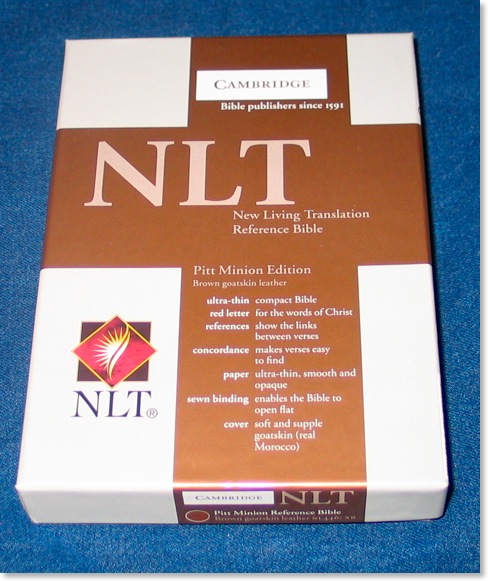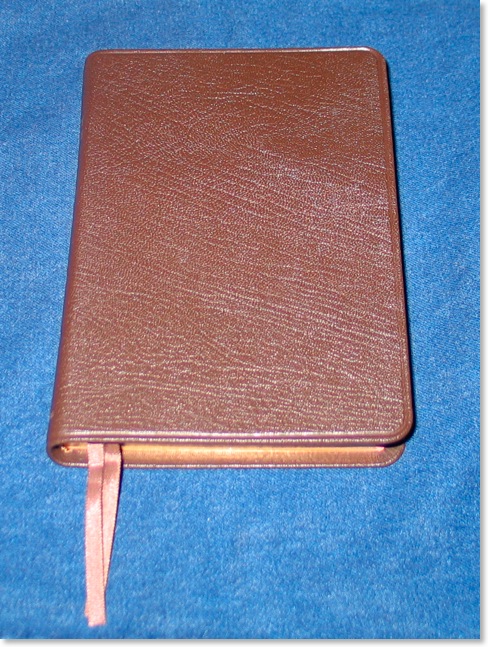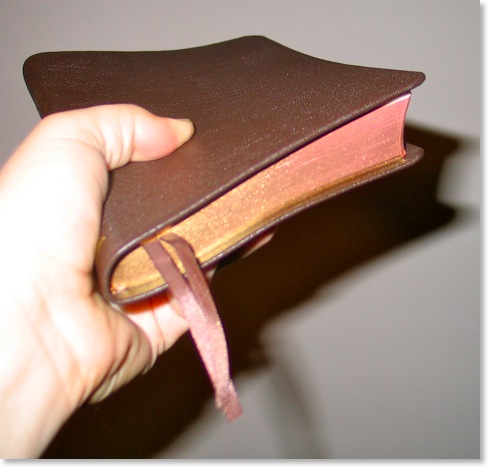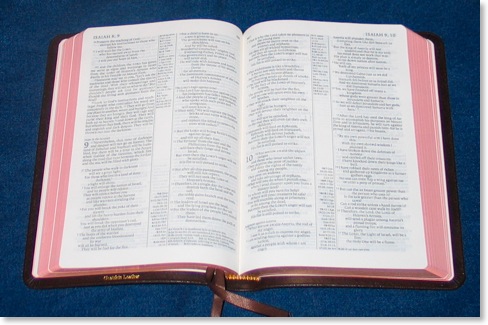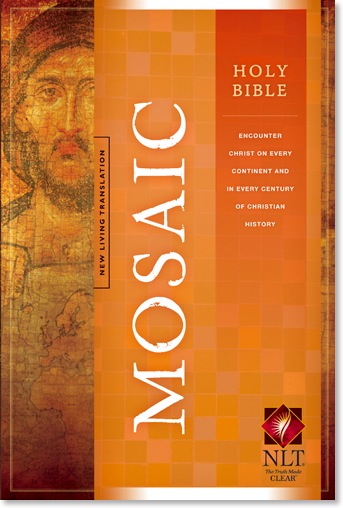Lifeway Stores Remove "The Blind Side" from Shelves Over Profanity--Is the Bible Next?
 Friday, June 15, 2012 at 12:51PM
Friday, June 15, 2012 at 12:51PM According to a report in Louisiville's Courier-Journal, Baptist-owned Lifeway Stores have pulled the 2009 movie The Blind Side from its shelves over profanity.
In spite of the film's positive treatments of issues like racial reconciliation, care of the homeless, and true hospitality, a bit of swearing will keep this movie out of Lifeway Stores. Perhaps the PTB at Lifeway didn't catch the MPAA's PG-13 rating of the movie for "one scene involving brief violence, drug and sexual references" to begin with. Maybe if that were the only issue and no swearing was involved in the above-described scene, the movie could stay on the shelves.
Regardless, this got me thinking... What if Lifeway were to really get consistent with this "no swearing" policy for everything they carried. Would they really go all the way and remove the Bible, too?
Wait...what? You didn't know there was swearing in the Bible? Well, if you didn't, it's because most translations tend to smooth over objectionable language.
I should stop to point out right now that the posts on this blog have always ranged from being rated G to PG, and that's not going to change now, but I will respectfully offer three examples of profanity (or at least very strong language) in the Bible for sake of argument.
Philippians 3:8
Let's start with Paul in the New Testament, who after offering a pretty impressive resume of his earthly accomplishments, calls them for what they are in light of what he's gained from knowing Christ:
"More than that, I also consider everything to be a loss in view of the surpassing value of knowing Christ Jesus my Lord. Because of Him I have suffered the loss of all things and consider them filth [σκύβαλον/skubalon], so that I may gain Christ" (HCSB, emphasis added).
Paul uses a very interesting choice of words here. The Greek word σκύβαλον/skubalon could refer to garbage or excrement according to its use. However, there's very little doubt as to how Paul was using this word here. And it's interesting to see commentators attempt to explain this without using strong language themselves. Consider J. I. Packer's explanation (NIDNTT, 1:480):
The only NT usage is Paul’s in Phil. 3:8, where he says of all the natural and religious privileges which once seemed sweet and precious, and all the things he has lost since becoming a Christian, “I count (estimate, evaluate) them as (nothing but) dung.” The coarse and violent word shows how completely Paul had ceased to value them.
Spicq may have made the sense a bit more plain when he wrote, "To convey the crudity of the Greek, however: 'It’s all crap'" (TLNT, 3:265). Truthfully, though, when you think of our modern word that's a bit stronger, that's the kind of intensity that Paul probably meant.
Ezekiel: just about any time he refers to idols
Ezekiel is not alone in this in the Old Testament, but he has a preferred word when referring to idols: גִּלּוּל/gillul.
Daniel Block explains it best in his commentary on Ezekiel (NICOT, Ezekiel, vol. 1, p. 226):
idols. The word gillûlı̂m...represents Ezekiel’s favorite expression for “images.” Although he did not coin the term, the fact that 39 of its 48 occurrences in the OT are in this book indicates its usefulness for his purposes. The word appears to be an artificial construct derived from the verb gālal, “to roll,” but vocalized after the pattern of šiqqûṣı̂m. The adoption of this word as a designation for idols may have been prompted by the natural pelletlike shape and size of sheep feces or, less likely, the cylindrical shape of human excrement. The name has nothing to do with the shape of idols, but it expresses Ezekiel’s/Yahweh’s disposition toward them. Modern sensitivities prevent translators from rendering this expression as Ezekiel intended it to be heard, but had he been preaching today, he would probably have identified these idols with a four-letter word for excrement.* A more caustic comment on idolatry can scarcely be imagined. Yahweh’s treatment of these images will involve not only their “smashing” (šābar) and “obliteration” (šābat), but their exposure as powerless figments of the human imagination. The destruction of the images testifies to the deities’ impotence to defend themselves, and the slaughter of the devotees to the gods’ inability to defend their worshipers.
In the original of the above, there are actually a number of footnotes that I'm not reproducing here. However, I will reproduce (with apologies for those who might be offended) footnote 45, which I have replaced with an asterisk above. It reads: "Bodi (RB 100 [1993] 481, 510) captures the intended sense with 'shitgods.'" You can read Block's explanation of Ezek 16:36 in the second volume of his commentary for an even more harsh use of this imagery.
Hmmm... based on this example and the one from Paul, I'm noticing a biblical theme not covered in most topical treatments of the Bible...
1 Samuel 20:30
“Then Saul became angry with Jonathan and shouted, “You son of a perverse and rebellious woman! Don’t I know that you are siding with Jesse’s son to your own shame and to the disgrace of your mother?” (HCSB)
Now, you probably think that I'm referring to the phrase, "You son of a perverse and rebellious woman!" (בֶּן־נַעֲוַת הַמַּרְדּוּת/ben-na‘awat hammardut) which would certainly have an equivalent modern expression not fit for mixed company, but I'm not actually referring to that phrase. While not specifically swearing perhaps, Saul is using language that is quite strong and forceful in the second half of his sentence. The more literal New American Standard communicates it differently (but not necessarily more clearly): "Do I not know that you are choosing the son of Jesse to your own shame and to the shame of your mother’s nakedness [עֶרְוַת אִמֶּךָ/‘erwat ’immekha]?" (emphasis added).
David Tsumura explains (NICOT, p. 520):
The term nakedness (ʿerwat), which may refer euphemistically to genitals, is used in a curse: to the disgrace of your mother’s nakedness. Here the emphasis is on the disgrace or shame which Saul thinks Jonathan has brought upon himself and his family rather than “his mother’s genitals, whence he came forth.” Note that the nakedness itself is disgraceful to anyone.
As an aside, it is well known that, in regard to the first phrase, when the Living Bible was first completed in the early 70s, Kenneth Taylor, did in fact use the modern expression "son of a bitch." It even appears that way in The Children's Living Bible that my grandmother gave me in 1973. In all later editions of the Living Bible, the phrase was altered to "You fool!" which is probably too weak. The current New Living Translation reads "You stupid son of a whore!" which like the original Hebrew, is pretty tough language if you're the recipient of it.
Honorable Mentions
- Although not offensive in 1611, reading 1 Sam 25:22, 34; 1 Kgs 14:10; 16:11; 21:21; 2 Kgs 9:8; 18:27; Isa 36:12 in the King James Version would not be seen as appropriate in many churches today.
- And while not containing actual profanity, in my mind "Your mother was a Hittite and your father an Amorite” (Ezek 16:45, HCSB) is an example of real fighting words :-)
My apologies to my mother, for all the language, if you are reading this post.
As always, your questions, thoughts, comments and rebuttals are welcome in the comments below.
 1 Samuel,
1 Samuel,  Ezekiel,
Ezekiel,  HCSB,
HCSB,  Lifeway Stores,
Lifeway Stores,  NASB,
NASB,  NLT,
NLT,  Paul,
Paul,  Philippians,
Philippians,  The Blind Side,
The Blind Side,  profanity in
profanity in  Faith & Reason
Faith & Reason 

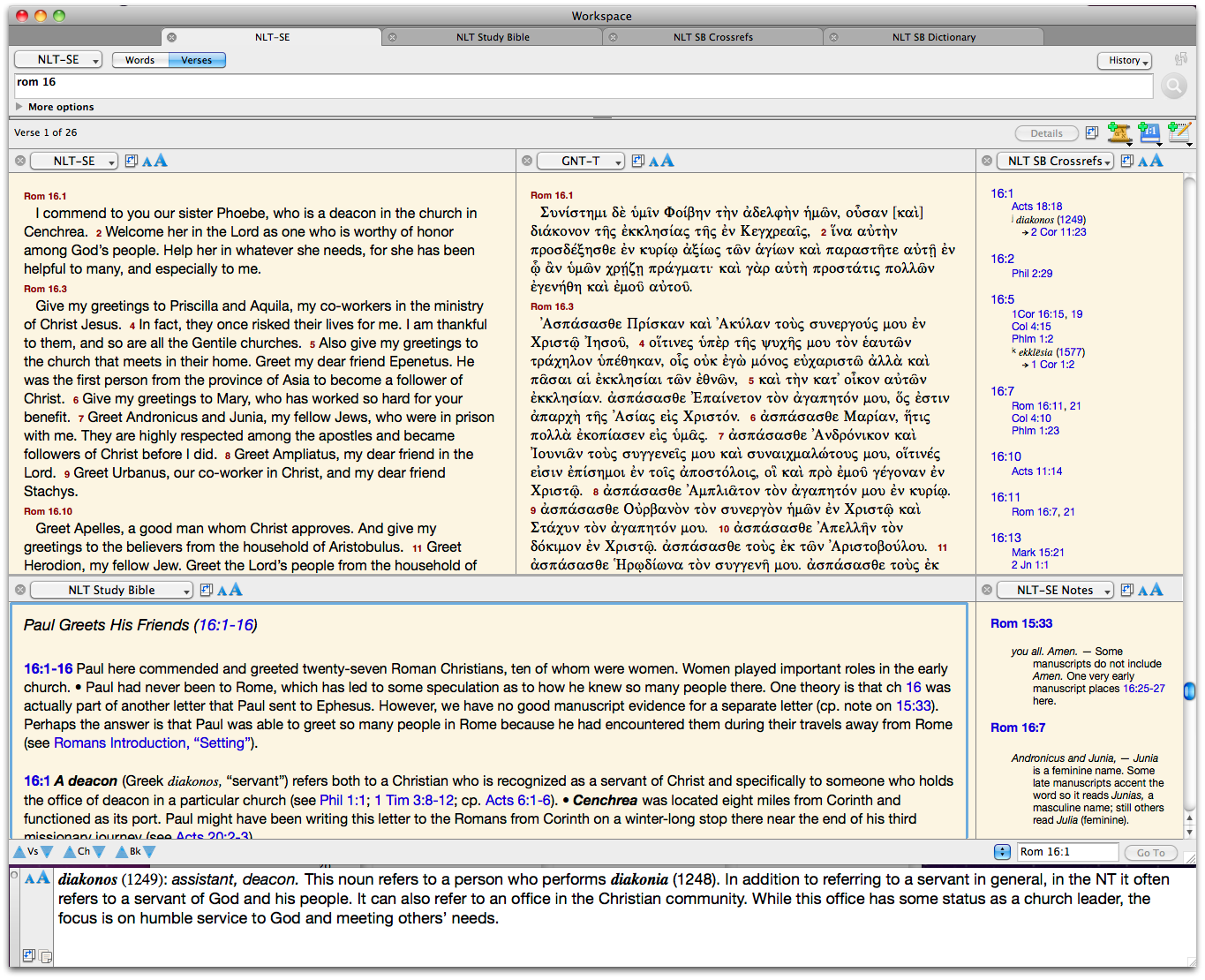
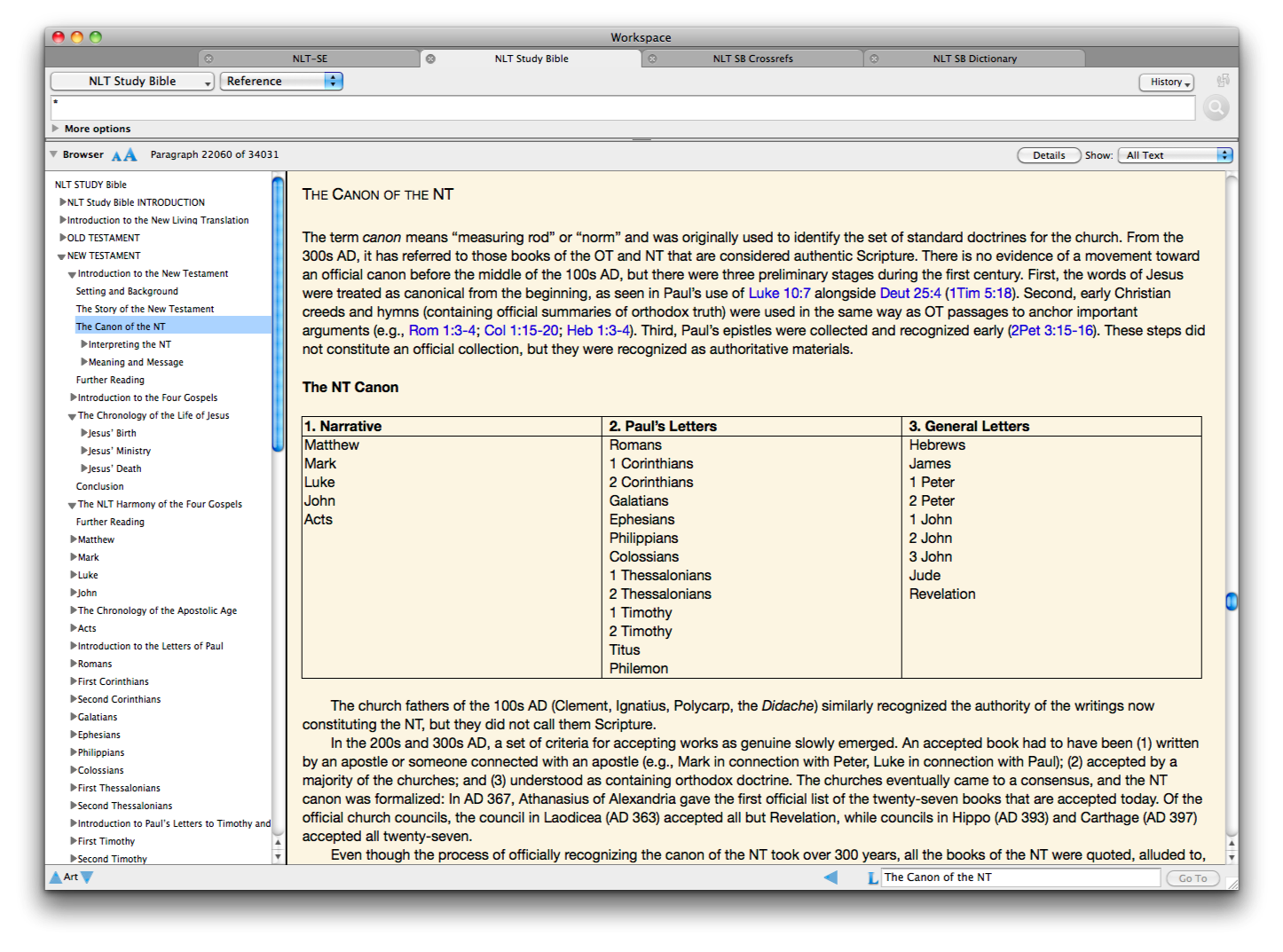




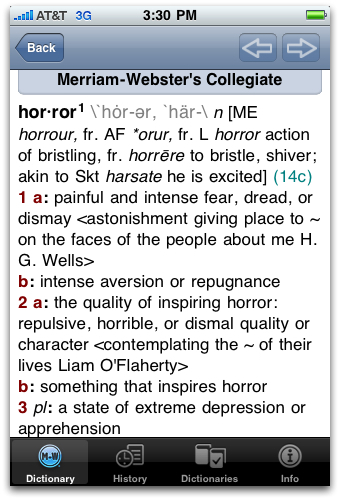

 Long ago, the body of Christ recognized that the Canon of Scripture is closed. Thus, no matter how inspiring a Christian voice can be—such as Martin Luther King Jr. in "Letter from a Birmingham Jail"—we don't tack that on in our Bibles somewhere after the Book of Revelation. I understand that. But at the same time many contemporary Christians completely miss out on the voices of other believers from the past two millennia since the Bible was written. Often this comes from simply not having an easy way to access them.
Long ago, the body of Christ recognized that the Canon of Scripture is closed. Thus, no matter how inspiring a Christian voice can be—such as Martin Luther King Jr. in "Letter from a Birmingham Jail"—we don't tack that on in our Bibles somewhere after the Book of Revelation. I understand that. But at the same time many contemporary Christians completely miss out on the voices of other believers from the past two millennia since the Bible was written. Often this comes from simply not having an easy way to access them.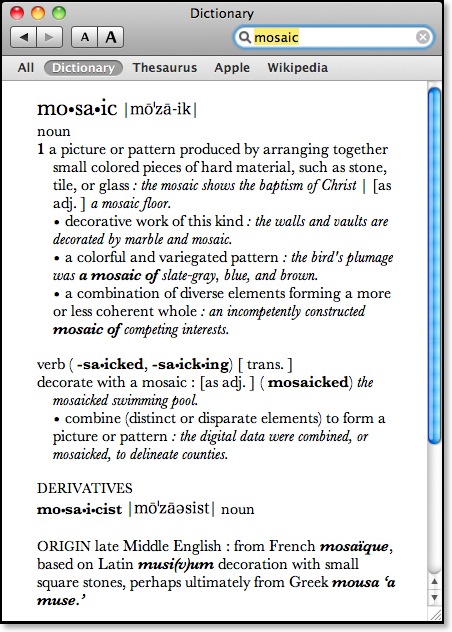
 Just as the readings represent a wide diversity from history and location, so does the artwork. I was especially struck by the painting on p. 80 shown to the left. It is a depiction of the parable of the Lost Son by an unknown artist in Hong Kong. This image goes with the readings for Epiphany, week 6: "Seeking and Saving." And yet, the nature of the painting itself, with Asian style and imagery reminds us that Christianity isn't limited to our own culture and thought.
Just as the readings represent a wide diversity from history and location, so does the artwork. I was especially struck by the painting on p. 80 shown to the left. It is a depiction of the parable of the Lost Son by an unknown artist in Hong Kong. This image goes with the readings for Epiphany, week 6: "Seeking and Saving." And yet, the nature of the painting itself, with Asian style and imagery reminds us that Christianity isn't limited to our own culture and thought.